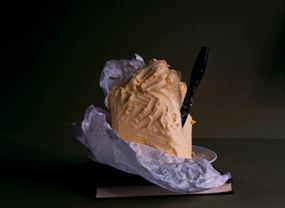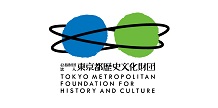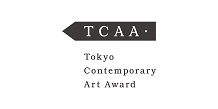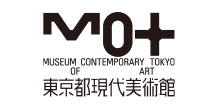Olivier Richon
- TOP >
- Archives >
- Residency Program >
- Olivier Richon
Research Residency Program
update: 2019.10.28

| Participating Project | Research Residency Program |
|---|---|
| Activity Based | United Kingdom |
| Period | 2016.10 - 2016.11 |
Purpose of the residency
The Architecture of Food
The aim of the research is to investigate the relation between two sense impression: taste and vision.
This will be achieved through the medium of photography and by addressing the aesthetic notion of the judgement of taste and its privileging of vision above other sense impressions.
The objective is to produce a body of photographs that articulates these aims, through the genre of the still life.
It will also explore the specific architecture of Tokyo where food is produced and consumed.
Plan during the residency
Photography is the methodology. It serves as a mode of inverstigation to address architecture and food in the cultural context of Tokyo. The work will be directly informed by the visual specificity of this city. This includes the everyday rituals of the production and consumption of food in a densly populated metropolis, with its expansive foodhalls and the world biggest fish market. This residency will also provide an opportunity to test historically specific works: In Praise of Shadows by Junichiro Tanizaki (1933); Roland Barthes' Empire of Signs (1970). I will appraise the relevance of their ideas for today. Japanese food, Tanizaki tells us, is 'a cuisine to be looked at rather than eaten'. 'Our cooking depends upon shadows and is inseparable from darkness'. The shadow is the common ground that defines food, photography and architecture. Barthes considers food in Japan as a collection of fragments. He compares it with calligraphy. The meal has no center, just as the city of Tokyo, he tells us. The residency will enable us to articulate new knowledge about looking and eating as sense impressions that inform our thinking. It will help us to expand and challenge the still life and urban landscape as genres to apprehend contemporary Tokyo as a series of new pictorial representations.







